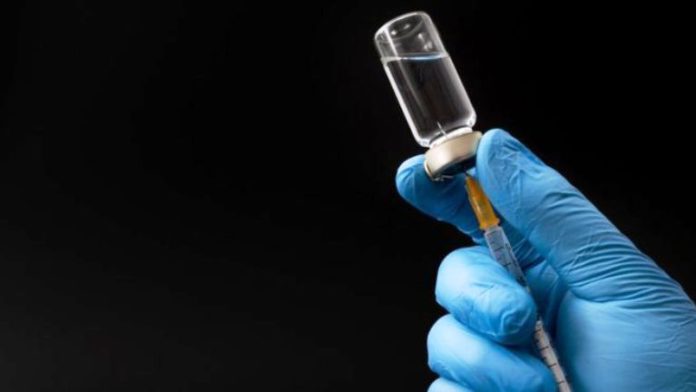Will we get a vaccine to fight COVID-19 this year?
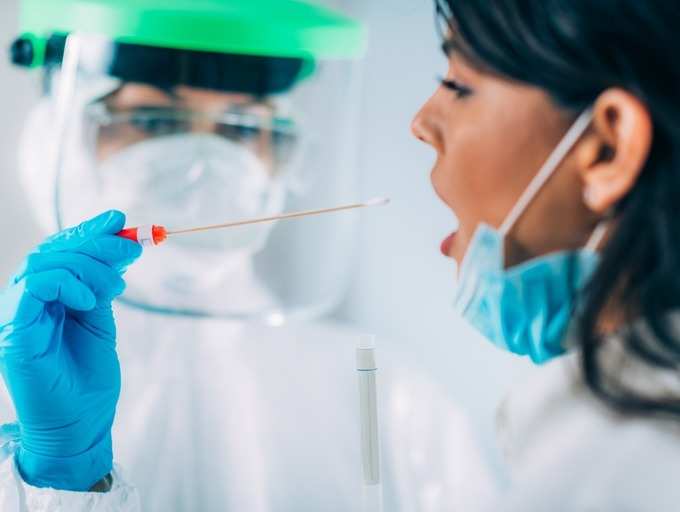
The world over recorded one of the biggest spikes in COVID-19 cases yesterday (June 23) and newer infections are being observed in clusters across India as well.
To date, there has been no established cure or vaccine available to fight the menacing rise in infections, which has killed over 4,77,000 people. However, as per the World Health Organisation (WHO), there are over 110 groups in contention to develop a preventive vaccine right now. Developments are happening at warp-speed and many among these, such as Moderna, Oxford-Astrazeneca and Sinovac are going to start stage-III of clinical trials.
How long does it take to get a vaccine developed?
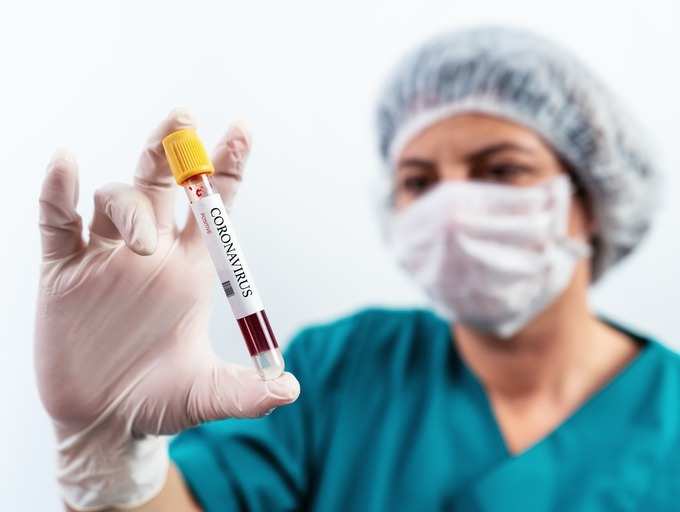
Though these speedy developments seem like a piece of good news and give us hope that we may be able to see the end of the pandemic in the near future, experts aren’t really sure if the first vaccine we see will be able to defeat COVID-19.
From the costing, production, safety and efficacy, there are a lot of factors into play that decide how helpful a vaccine under development really is. More than that, vaccines, in general, take a lot of time to develop, passing through large-scale clinical trials, meeting safety standards and getting necessary approvals before being pushed out for public use. In the past, the fastest rollout of an approved vaccine, the mumps vaccine, took close to four years to get all necessary permissions and licensing.
So realistically, how long will it really take for us to see a vaccine ready to battle the novel coronavirus pandemic? Let us tell you the different stages of vaccine development:
Stages of testing
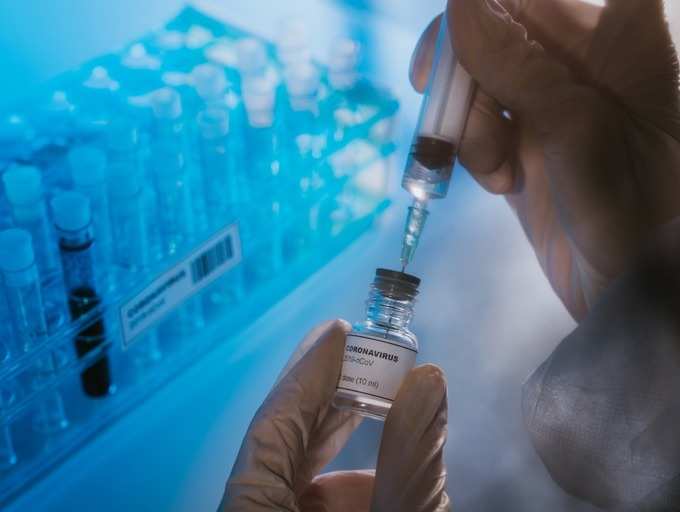
While we are getting to hear about several vaccine prototypes passing through phase I, II and III on humans, in the preliminary stages, vaccines go through a lot of other testing procedures. Several pre-clinical studies are conducted and the observations are tabulated accordingly.
After this, the vaccine is tested on animals, such as mice or monkeys to see if the vaccine elicits a certain immuno response or is able to target the viral strain. Animals like these have been found to carry and resemble the upper respiratory tract infections caused by the virus, as humans. In several places, ferrets, bats and even hamsters are used for testing. Only if a certain vaccine surpasses the animal testing phase is it allowed to proceed to clinical trials on humans.
The clinical trials conducted on humans are further spread into four stages.
Phase I clinical trials
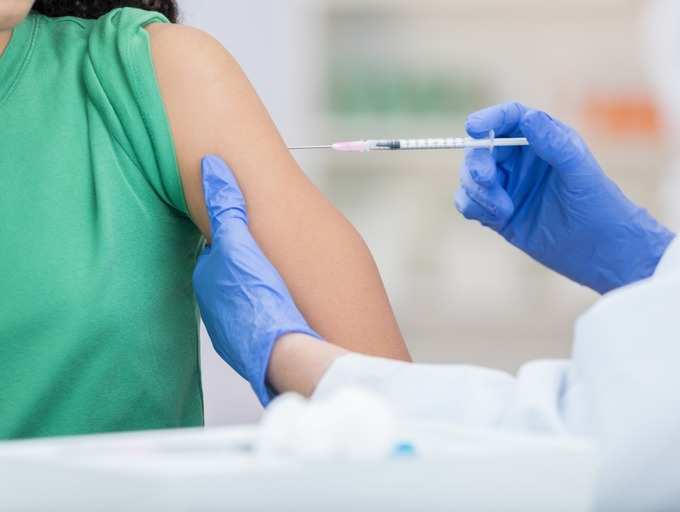
In stage I, the vaccine is tested on a small group of volunteers, usually 20-40 healthy ones, belonging to the age category of 18-55. As with a lot of COVID-19 vaccine trials happening right now, people with pre-existing conditions, or those from the higher-risk category are barred from being tested on. Following set protocols, participants are then dosed with the vaccine to test its safety and observe its working on the immune system. Pharma companies like Pfizer, BnTech and GSK are currently undergoing phase I of testing.
What happens in phase II of testing?
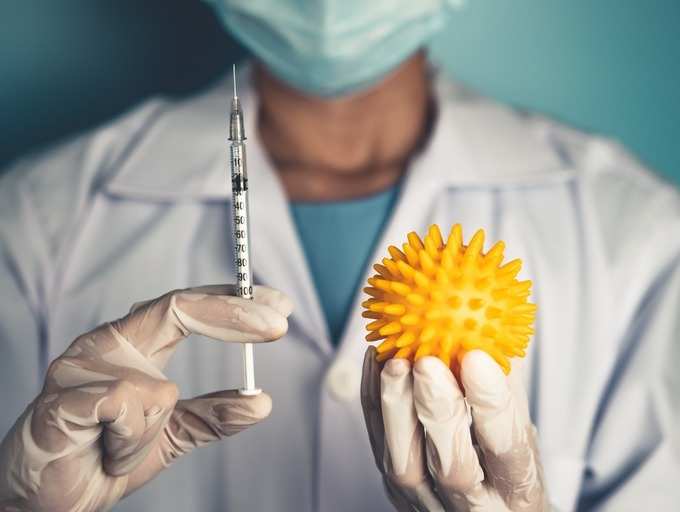
In stage II of vaccine testing, mid-scale testing takes place. This phase usually involves a larger pool of candidates, which can even run into several hundred who are then split into focus groups of children, healthy adults or elderlies. Depending on the same, different dosing schedules are devised. Several studies are done to study the safety, immuno-response, time is taken to trigger a reaction or side-effects if any.
This is also often referred to as a critical stage of vaccine development since makers usually study the actual safety and other protocols pertaining to vaccine delivery in this mid-scale trial. A lot of vaccine groups, amongst the 110+ candidates are in this phase of testing.
Phase III trials
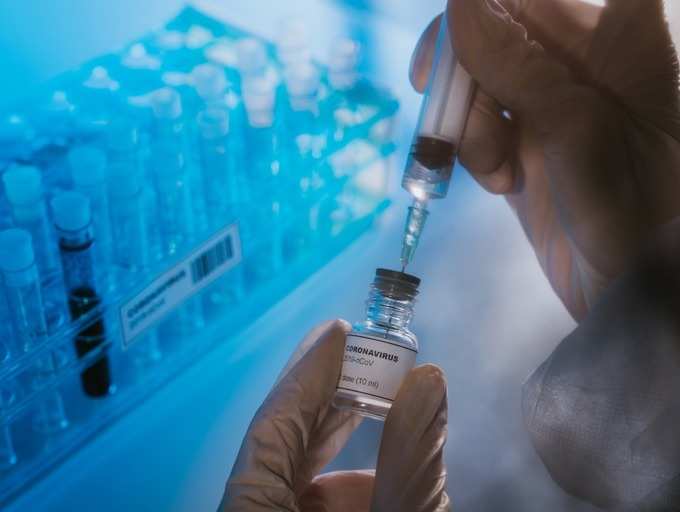
Once mid-scale trials end, now come Stage III of a vaccine trial, which is the most crucial and the most tricky ones. The pool of participants understudy is larger. More than 1000 people are involved in this phase of development, which makes it easier to detect side-effects and see the pros and cons. This phase of testing also involves administrating placebo to sample how many catch the infections, as compared to those on a placebo drug and ultimately test if the vaccine being developed will really be able to prevent infection, such as COVID-19.
Three vaccine groups are starting phase-III trials soon

This is the most challenging and long-lasting phase of vaccine development. At least three candidates, including Moderna Inc’s mRNA-1273 vaccine, Oxford-Astrazeneca’s ChAdOx1 and China’s CanSino biotech developed Sinovac has passed phase II trials and will soon be kickstarting phase III. At this phase, trials can spread out in different countries as well. Oxford and CanSino are currently rolling out plans to start wide testing in countries like Brazil and UAE.
What is the fourth phase?

Once the actual testing phases are over, it is time to tabulate the data from the study, get final results and proceed onto licensing forms and approvals from the authorities. This phase takes a long time to happen, however, considering the urgency of the situation at hand, all COVID-19 vaccines are being fast-tracked for approvals. Regulatory authorities inspect the vaccine, the factory for production, any partner companies, approves the labelling before actually providing the green signal for authorisation and public use.

